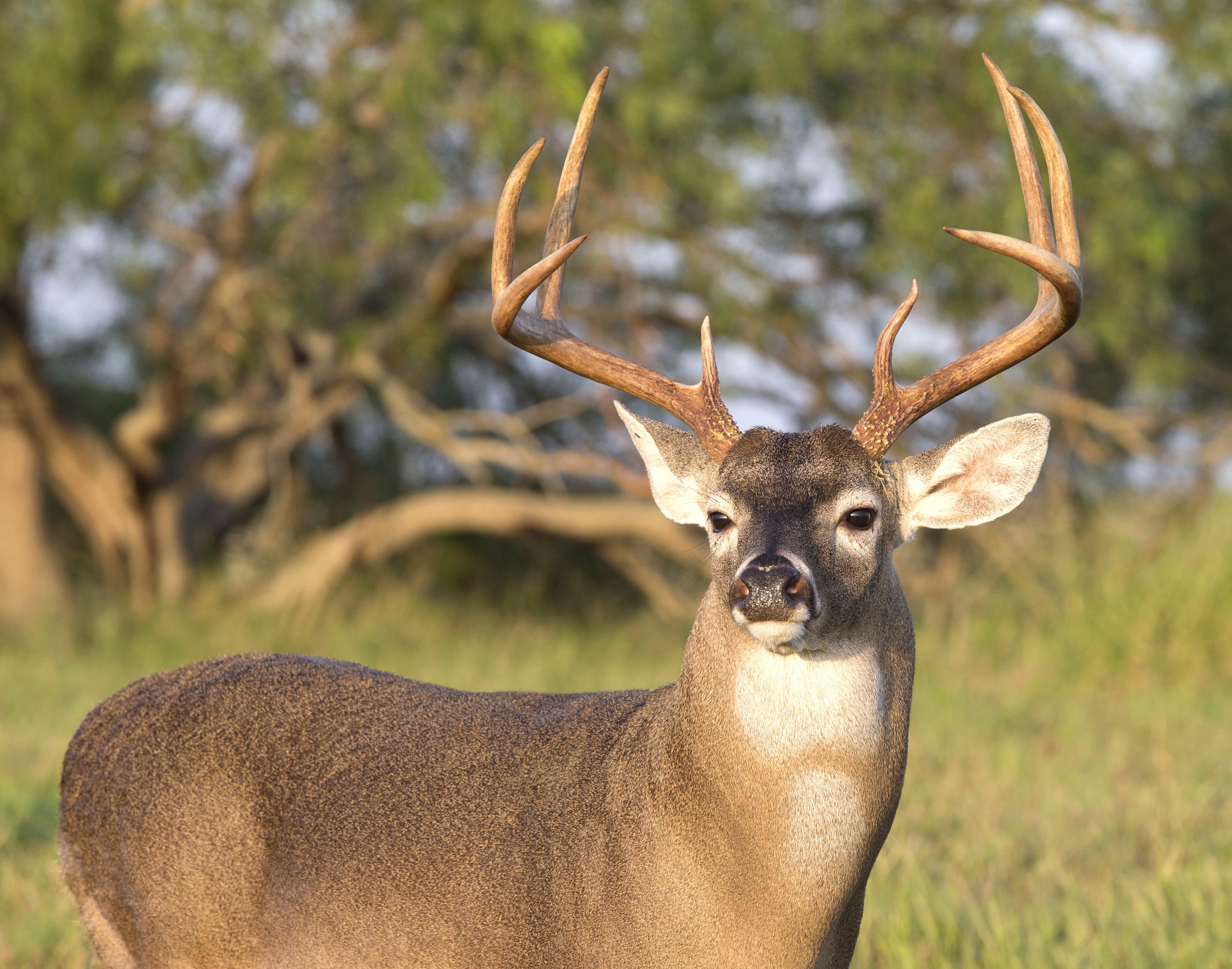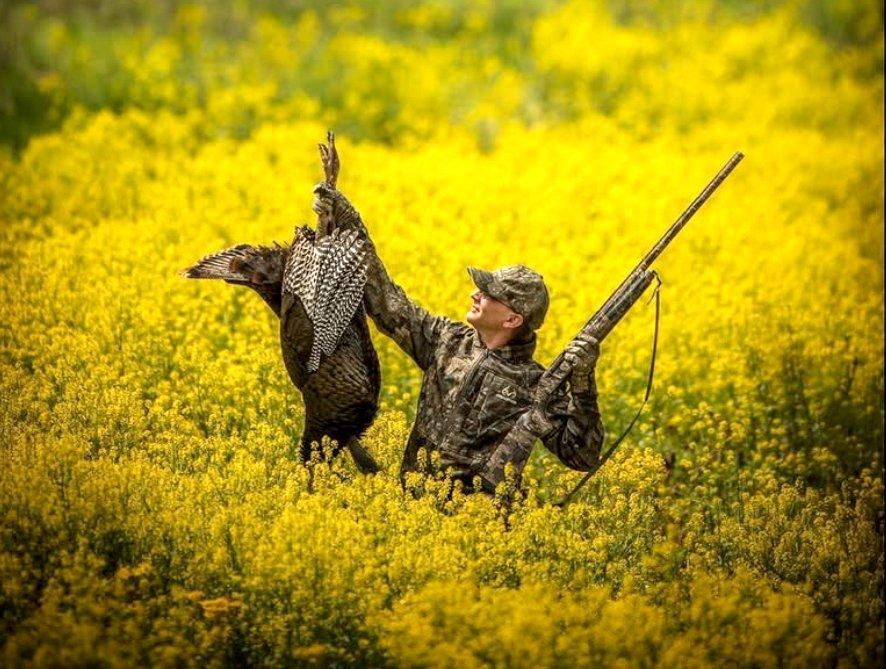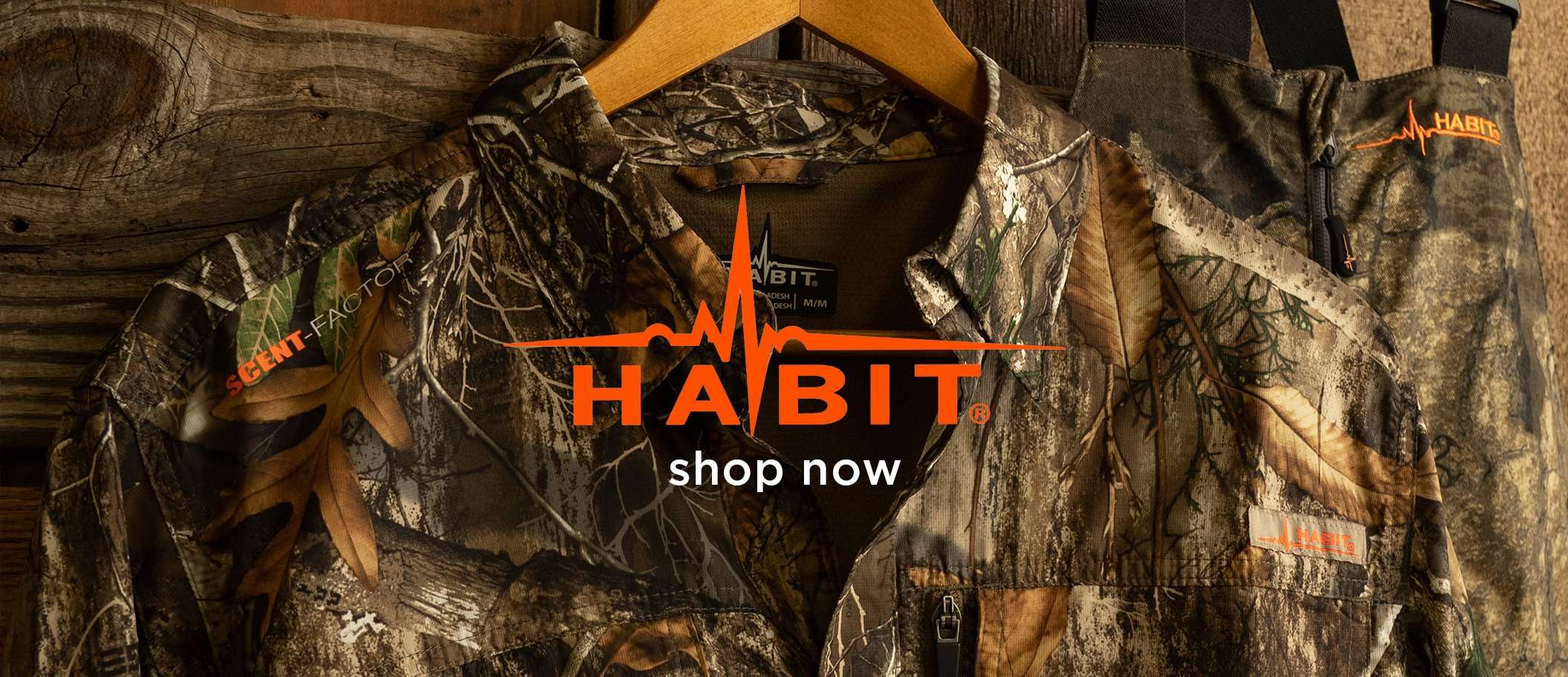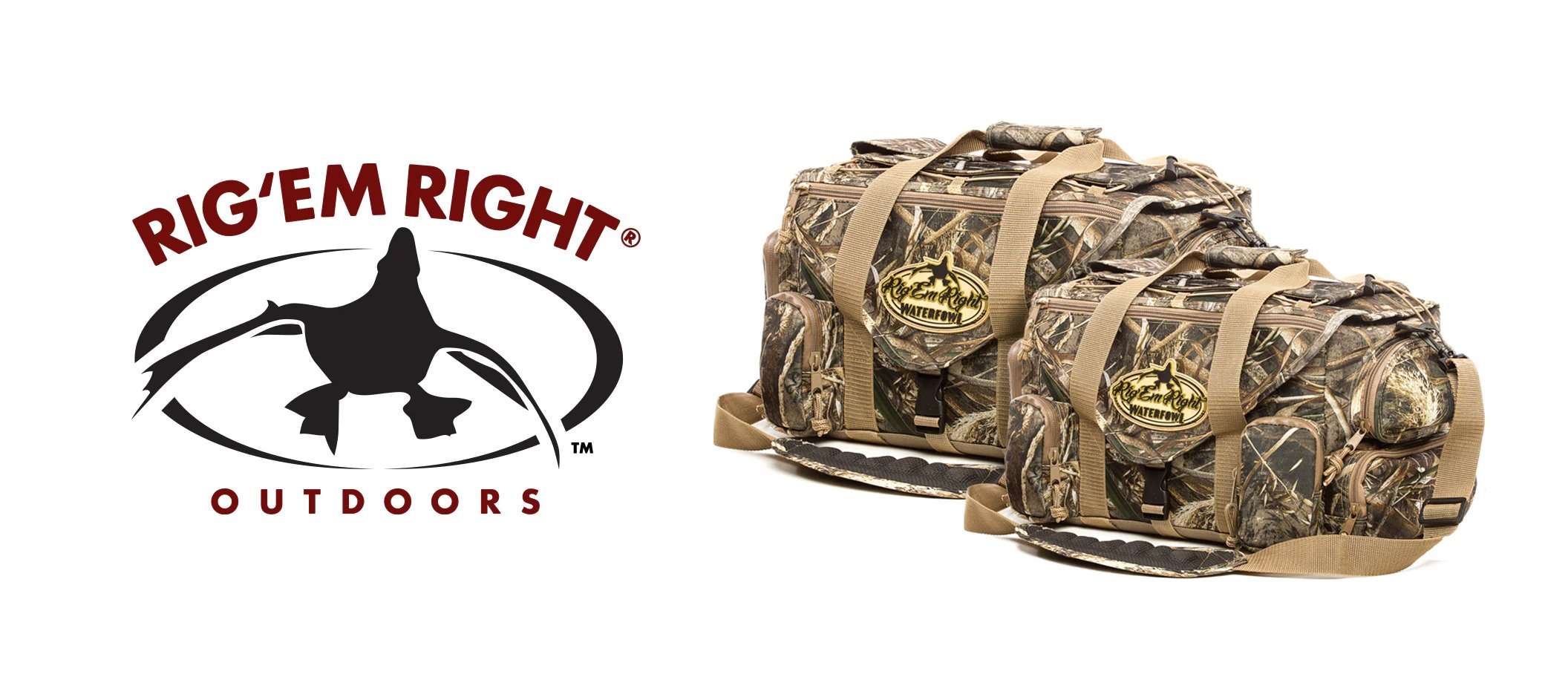If you want a long-range advantage while bucks are wildly running around in the daylight, head for one of these destinations.
Back when the Wisconsin DNR practically distributed doe tags like parade candy, I had quite the gun opener one year. Shortly after daybreak, some does marched across the open marsh I was patrolling. I dropped the lead one. I filled my second doe tag shortly after that when a big one appeared behind my stand.
I took care of field-dressing and dragging the does toward the road, then jumped back in the stand. Despite all of the commotion I’d made, here came a dandy 8-pointer that some 90 percent of Wisconsin gun hunters would’ve dropped in a heartbeat. Thanks to the rut, he was out nosing around, his senses numbed to the hunting pressure. I started applying pressure to the trigger but eased up. I decided that two deer equaled plenty of venison. He had a broken G-2 anyway.
If you’re interested in a gun hunt like that where bucks will likely walk out in daylight looking for does, then look to a state with a peak rut rifle season. Here are six to get you started.
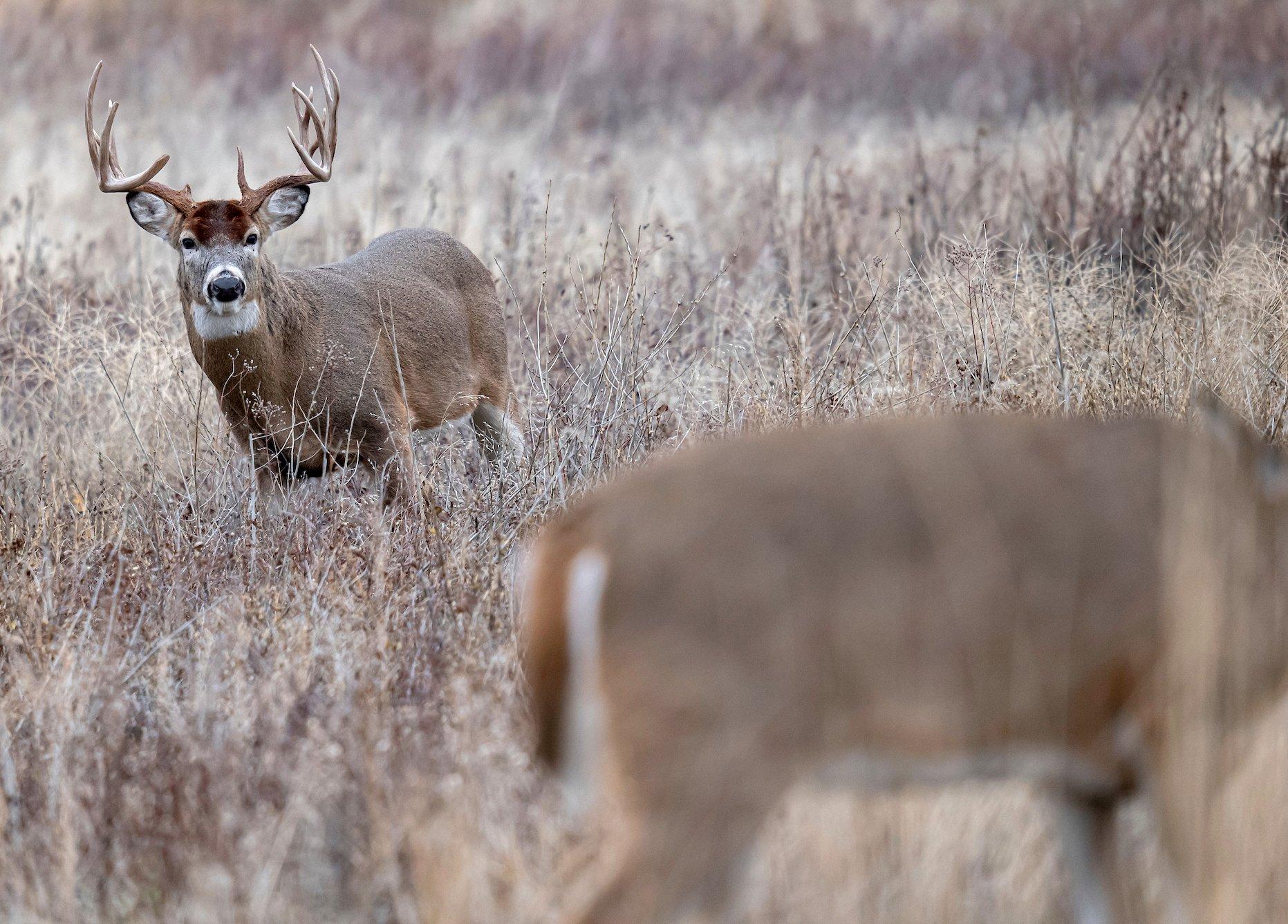
Still the king of big buck country, Wisconsin makes all the lists, including this one. Image by John Hafner
WISCONSIN
The Badger State produces many monster bucks — it has 584 nontypical and 1,442 typical recorded Boone & Crockett entries according to its Antler Nation profile. Now, before you daydream of those huge Buffalo County bucks you’ve always heard and read about, it’s time for a reality check.
I’ve been a resident here my entire life. Take my word for it that not all parts of the state are equal. Some regions brim with public lands and many other parts feature a real estate ownership patchwork. Simplified, this means that managing for old bucks is hardly doable unless an entire neighborhood practices like-minded management principles. Some such neighborhoods do exist, but they’re rare.
Buffalo County bucks grow big because the area is primarily privately owned, and most hunters in that area are at least somewhat selective as compared to northern Wisconsin, where any buck with 3-inch spikes is toast at daylight on opening morning. Still, even the heavily hunted forests of north-central Wisconsin are capable of producing monsters. One season, I remember a gentleman pulling a 164-inch buck from a highly pressured public hunting area about six days after the opener. It can be done.
Wisconsin’s gun season puts hunters afield during prime rut dates. This fall, the 9-day gun deer season opens on November 18. For what it’s worth, November 18 and 19 are redlined as peak movement days in the Deer Hunters MoonGuide app. That, coupled with the rut and other hunters pushing deer around, should make it an eventful gun season.
A nonresident gun deer license runs $200. The student gun deer license for ages 12-17 is only $24, and is also valid during the 10-day muzzleloader season if not filled during the gun deer season. According to Antler Nation, about 600,000 licenses (all seasons combined) are sold annually. Opening weekend and the second weekend are very busy on public lands, but hit them on a weekday somewhere in the middle and you might find an empty parking lot.
For public lands, hit the Nicolet National Forest near the Michigan state line for a true big-woods experience and lower trophy potential. If you’re after a farmland hunt and better mature buck potential, peruse central Wisconsin using HuntStand Pro’s Public Lands and Hunting Lands layers to locate various smaller parcels and a handful of large tracts.
Don’t Miss: WHEN SKIPPING MORNING HUNTS IS A MISTAKE
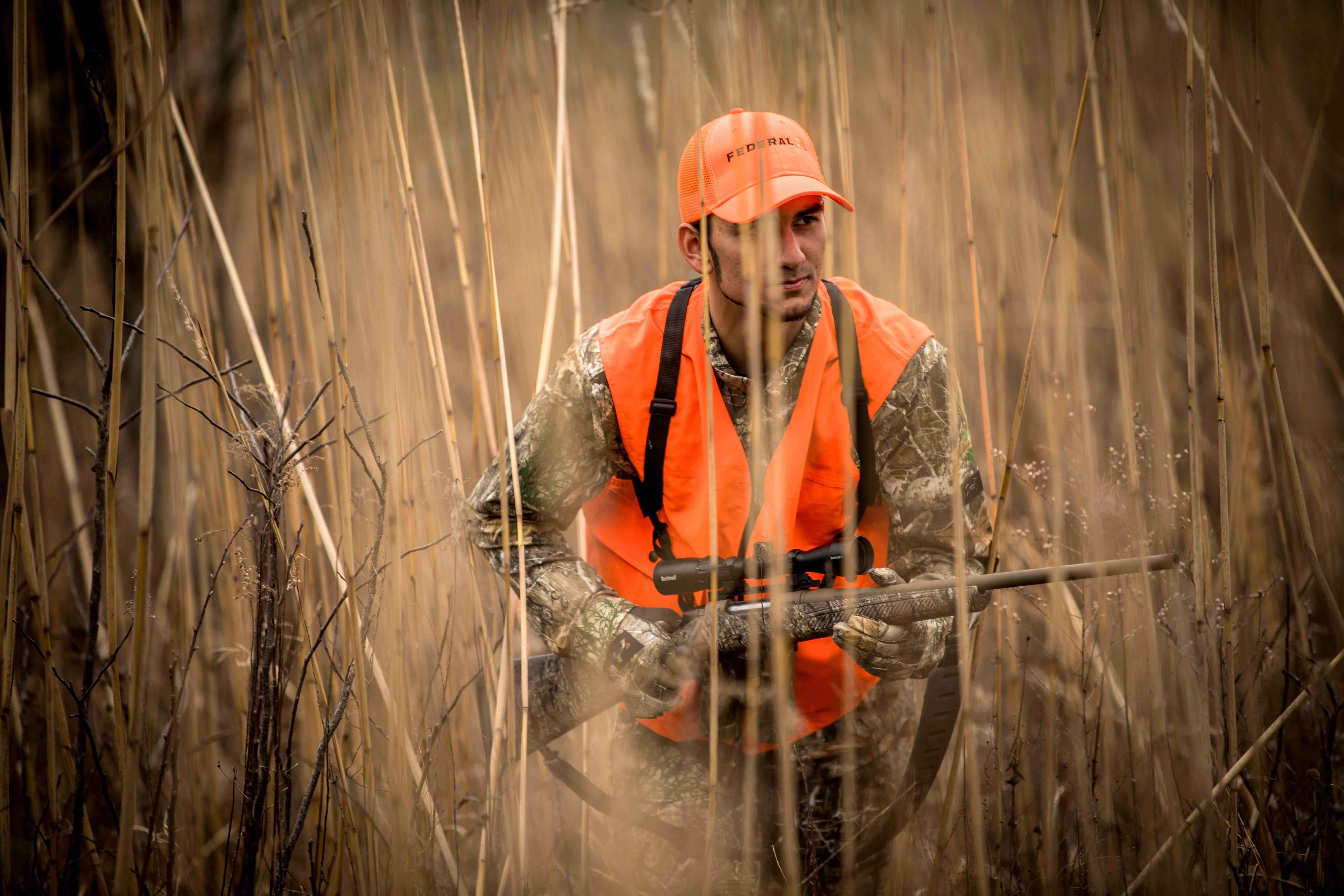
Missouri just might be the best rifle rut state in the nation. Image by Realtree
MISSOURI
The Show Me State is surrounded by Iowa, Kansas, and Illinois — all monster-buck producers — in America’s heartland. Nonresidents can snag an OTC firearms any-deer hunting permit for $265, while a youth permit is only $8.50. Firearms hunters are allowed one deer of either sex. With the firearms deer season running November 11-21, you’ll be hunting during some of the rut’s most productive days.
In the state’s rolling farmlands up north, explore a limited number of state parcels. Given that region’s adjacency to Iowa, expect crowds on public parcels such as the 5,596-acre Union Ridge Conservation Area, 1,638-acre Charlie Heath Memorial Conservation Area, and 2,158-acre Fox Valley Lake Conservation Area. Closer to Kansas are the Four Rivers Conservation Area and Bushwhacker Lake Conservation Area, both featuring killer deer habitat and ample room to roam.
If you want a huge playground, the 1.5-million-acre Mark Twain National Forest is it. Although there are roads throughout, this is big, rugged country that even features wilderness areas. Genetics probably aren’t comparable to northern Missouri, but some great bucks roam the forest, nonetheless. And, you won’t struggle to find places to hunt. The Twain has some large, multi-thousand-acre sections, but also has smaller sections, creating a patchwork of ground covering more than two dozen counties that you couldn’t possibly cover in a lifetime.
According to Antler Nation, Missouri sells about 475,000 deer licenses total (all seasons), which is 125,000 fewer than Wisconsin. And the trophy potential is here. About 577 typical and 416 nontypical Missouri entries grace the Boone & Crockett records book. Many counties enforce a 4-point-on-one-antler restriction, though it doesn’t apply to hunters who are 15 or younger as of September 15 of the current year. That point restriction certainly reduces immature buck harvest to an extent.
Like many Midwestern states, Missouri has had bouts of EHD die-offs over the years. However, the Missouri Department of Conservation reported moderate levels of EHD-related mortalities over the summer, so it should minimally impact hunting potential this fall.
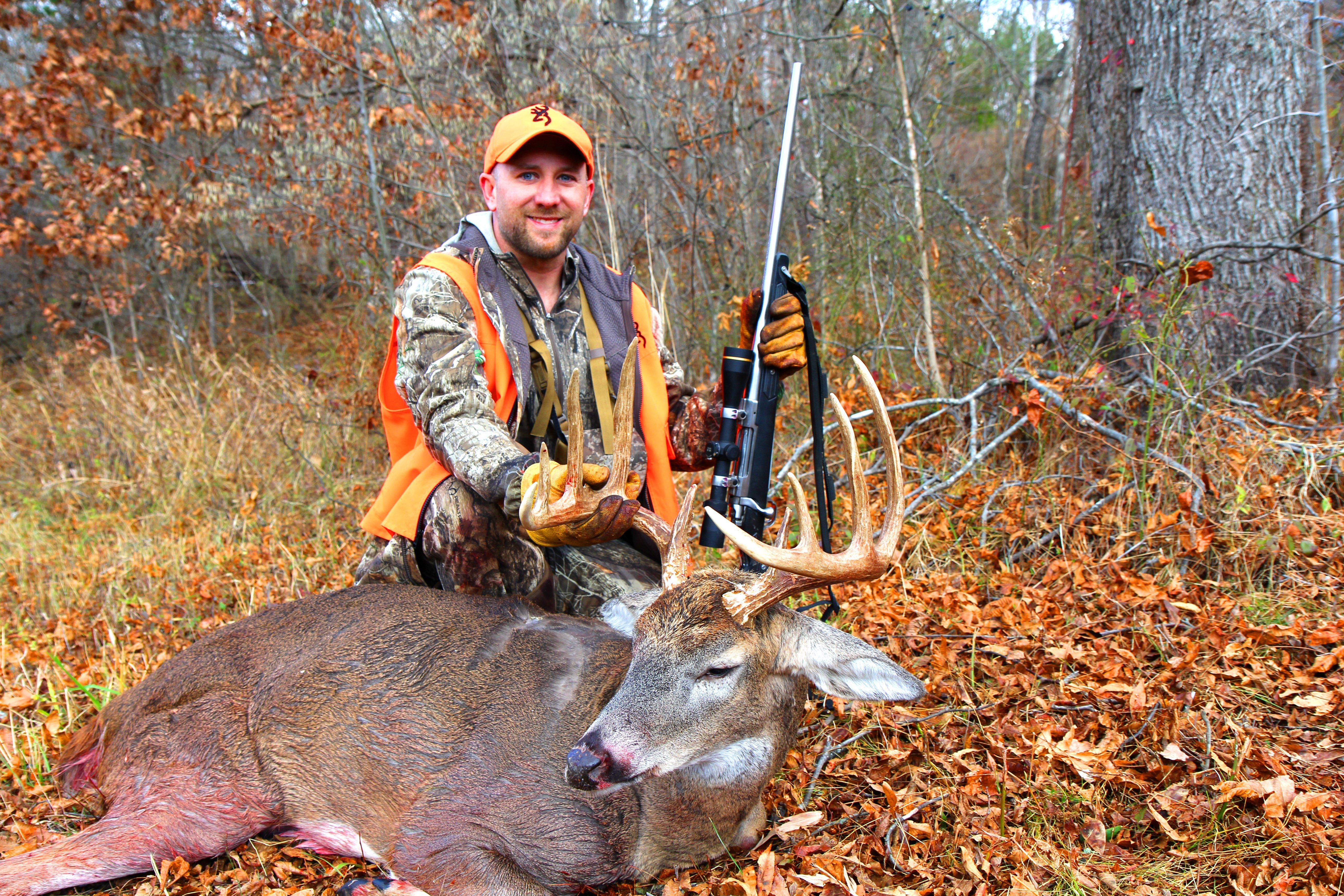
Kentucky is one of the country’s top big-buck producers, and it has a rifle season smack in the middle of the rut. Image courtesy of Will Brantley
KENTUCKY
The Bluegrass State has gained more and more traction as a big-buck state, and according to the Kentucky Department of Fish & Wildlife Resources, it’s on the top-10 list for hunters looking to bag a trophy buck. Nonresident hunters are required to buy an annual hunting license plus a statewide permit ($335 for ages 16 and older; $25 for ages 12-15) and can hunt the modern gun season during the middle of the rut. Season dates this year are November 11-26.
Summitpost.org provides data that divides Kentucky up as 11.8 percent public land and 88.2 percent private land. For comparison, that’s about 6 percent less public land than in Wisconsin and less than 1 percent more than in Missouri. Regardless, Kentucky has options for hunting large blocks of public land such as the Danial Boone National Forest, which sprawls across 21 counties in eastern Kentucky. The Boone is big country with lots of topography, so get your legs and lungs ready for the challenging terrain.
If gentler topography surrounded by farming habitat is what you’re after, check out smaller WMA parcels in counties like Union, Henderson, and Spencer. Kentucky surprisingly sells half as many deer licenses annually as Wisconsin, per Antler Nation data. As with any state’s firearms season, though, expect pressure just about anywhere you go, especially on the opener.
Kentucky makes Antler Nation’s A List as one of the best states to hunt whitetails, and it’s second only to Wisconsin for Boone & Crockett entries over the past 10 years. Input compiled into Kentucky’s Antler Nation profile from Joe McDermott, deer program director with the Kentucky Department of Fish and Wildlife Resources, suggests that all indications are that Kentucky’s deer numbers are on the rise throughout most regions of the state. That’s really exciting news for Bluegrass State lead-slingers.
Don’t Miss: DON’T KID YOURSELF: WEATHER AND MOON MATTER FOR DEER HUNTING
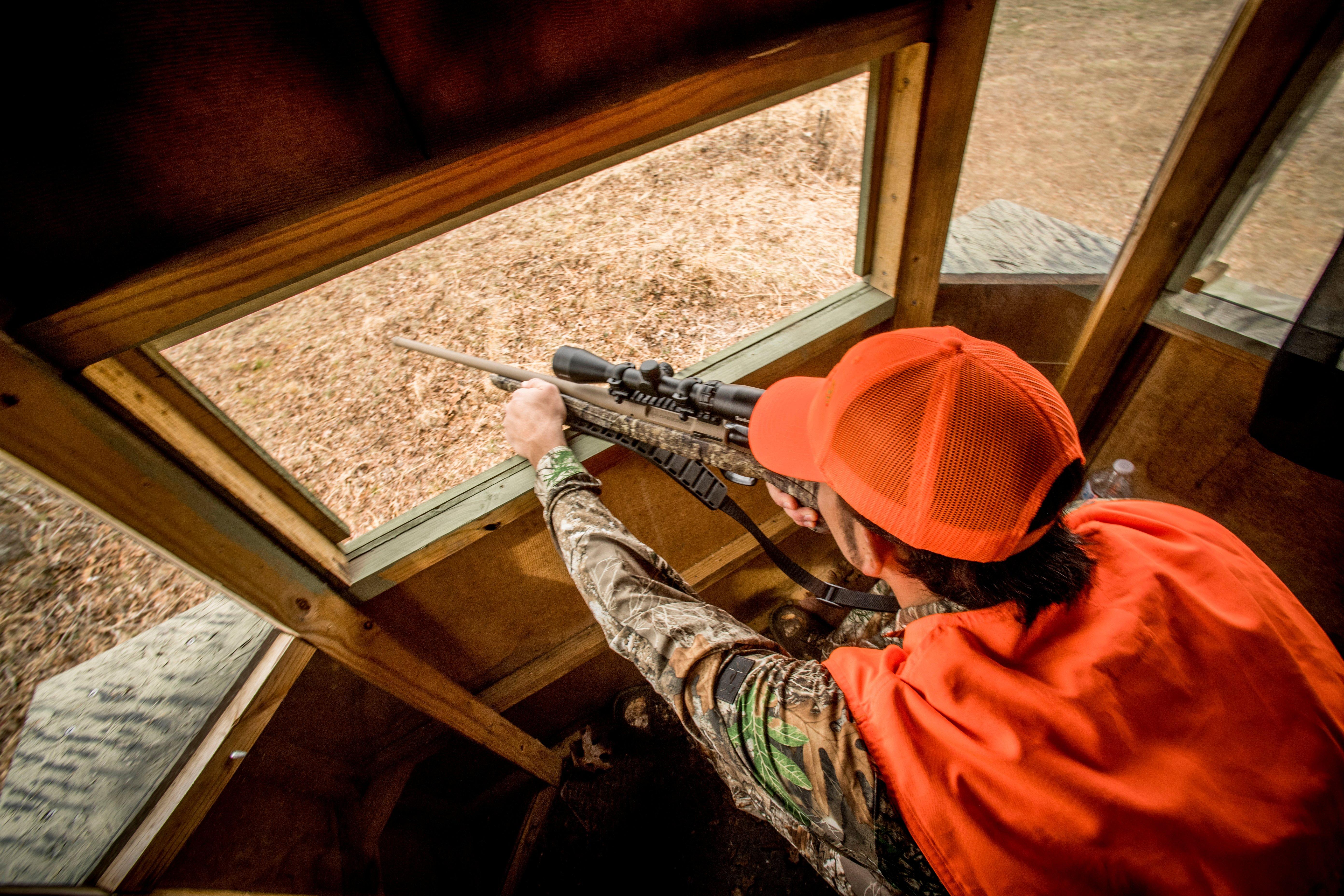
Get comfortable. Long sits pay off during the rut, especially for rifle hunters. Image by Realtree
MINNESOTA
Earlier than firearms seasons in most Midwestern states, Minnesota rifle hunters get the green light right when the pre-rut transitions to peak rut, giving you optimum chances to encounter a good buck. Season A 100 series permit areas are open November 4-19, while series 200 and 300 permit areas are open November 4-12. Season B 300 series permit dates are November 18-26. Talk about primetime.
Minnesota, affectionately referred to as the Land of 10,000 Lakes, has diverse deer habitat. Bluffs along the mighty Mississippi River provide a unique experience and the potential for big bucks similar to those in Buffalo County, Wisconsin, but keep in mind that public areas in this region, such as the Whitewater WMA, aren’t far from the Twin Cities, which means the pressure can be intense. Tens of thousands worth of acres are open to hunting around Leech Lake and Lake Winnibigoshish on the Chippewa National Forest. This is big timber country with old and newer clearcuts. There are plenty of opportunities to get away from roads.
Even farther north is St. Louis County, which is Boone & Crockett’s #2 overall county in the nation with more than 100 entries. Here, you could spend two lifetimes in the Superior National Forest and never cover all of it. Similar to the Chippewa, the Superior is big timber country with clear-cuts scattered throughout.
According to the National Deer Association’s 2022 Deer Report, a downside to Minnesota is that it makes the Top 5 list for the highest percentage of fawns in the antlerless harvest — at around 29 percent. This obviously means that lots of nub bucks are harvested. Add to that countless immature antlered bucks that are harvested, and some areas struggle to support older age classes of bucks. Another interesting stat recorded in the Deer Report is that rifle hunters accounted for more than 80 percent of the overall annual deer harvests in 2018, 2019, and 2020.

Big bucks let their guard down during the rut, and rifle hunters can capitalize from a distance in these 6 states. Image by John Hafner
NEBRASKA
Once a sleeper state, word got around about Nebraska over the last 10-15 years. Buck quality has suffered some (I’ve witnessed it) as a result of droves of nonresidents flooding this Great Plains state during the archery, rifle, and muzzleloader seasons. Many harvest sub-aged bucks just for the sake of filling tags. I’m not knocking anyone. Shoot what makes you happy, but the repercussions certainly are a decline in trophy potential.
Nebraska now has a 10,000-permit quota for nonresident archery and muzzleloader deer hunters, and the quota sells out before the seasons open. This will help mitigate pressure and over-harvesting to some extent on public lands. Bag-limit reductions were also put into effect for 2023. Since Nebraska holds both whitetails and mule deer, I’ll also quickly note that there is concern around the 2022 mule deer harvest, which was the lowest it has been since 1981. This caused rule changes for the Mule Deer Conservation Area.
Regardless, it’s far from doom and gloom in the Cornhusker State. Trophy potential certainly still exists. The National Deer Association notes that, in recent years, about 37-40 percent of the state’s buck harvest consisted of bucks that were 3 1/2 years old or older. Nebraska’s big game program manager, Kit Hams, once told me that “Nebraska’s age structure is holding up well. We manage for quality, not quantity.”
Nonresidents should apply for rifle season permits during the June application period. In August, leftover permits are up for grabs, so if you don’t draw a tag, keep an eye on the leftover list when it’s issued.
If you choose to buy a preference point to boost your odds of drawing a tag the following year, that will cost you $57. Unit-specific tags are $285, and special statewide tags run from $698-$938. Be sure to purchase a habitat stamp, too. Oh, and you must print and carry the license and habitat stamp while you hunt. Like the other states, Nebraska offers a prime rut rifle season. For 2023, it will run November 11-19.
Nebraska doesn’t exactly boom with public lands, but there are some pretty good options, nonetheless. “Harlan County Reservoir is probably one of our best public-hunting locations,” Hams told me several years ago when I was discussing info for a different article. “At least one-third to maybe half of our deer harvest stems from that area,” he added.
The Harlan County Reservoir consists of a timbered river floodplain with several upland areas scattered throughout. There are also sizable blocks of public land near Halsey, Chadron, and Valentine.
Don’t Miss: SECRETS FOR KILLING MATURE WHITETAILS
NORTH DAKOTA
Parts of North Dakota’s deer population were devastated by an extremely severe winter (2022-23) and snowpack lasting well into spring. A friend who lives there estimates that 80-90 percent of the deer in his area died over the course of a winter that just wouldn’t relent. There are still bucks to be had, but it’s going to take several years and milder winters for North Dakota to rebound.
Public-land hunting opportunities in North Dakota range from state wildlife management areas to national wildlife refuges (contact each individual refuge for details) to BLM lands to U.S. Forest Service lands to state forest service lands to U.S. Army Corps of Engineers lands. For WMA tracts, consider the Lonetree WMA (32,890 acres), Killdeer Mountains WMA (7,050 acres), and Lewis and Clark WMA (1,215 acres). Hunting pressure varies, but the farther you hunt from population centers, the more likely you’ll escape the pressure.
The Peace Garden State’s 2023 rifle season runs November 10-26 this year (the season opens at noon on the 10th), giving gun-toters ample time to search for a great buck. Overall rifle-season success in 2022 was 53 percent according to an article in the Minot Daily News, which also shared that 10,800 fewer tags are available this year (obviously in response to winter kill).
While reviewing draw stats from the 2023 lottery, I found that a very small number of antlered-deer rifle permits were drawn by nonresident hunters with 2 or fewer bonus points, so compiling bonus points for a couple of years while you’re researching units isn’t a bad plan.








